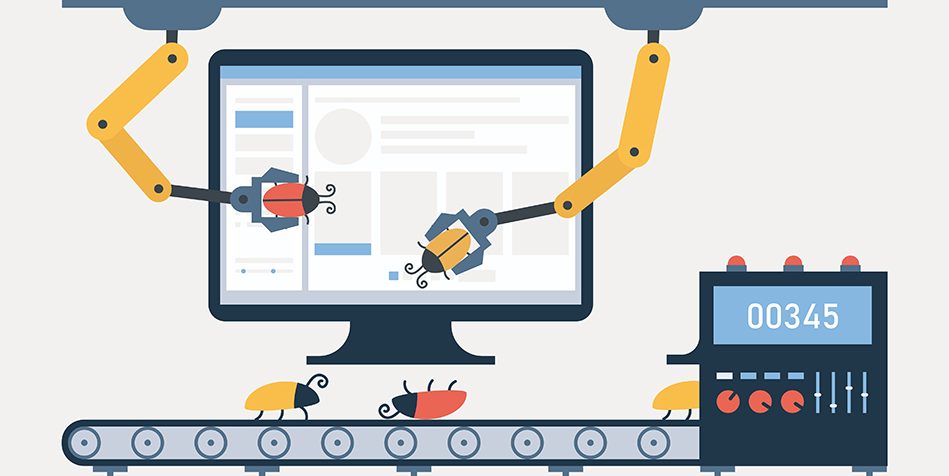As digital systems grow more complex, Digital Assurance plays a vital role in delivering reliable, secure experiences. This post outlines the top trends and technologies shaping its future.
- Shift-Left and Continuous Testing – Quality begins early. Shift-Left Testing integrates checks in early development, catching defects sooner. Continuous Testing ensures ongoing validation, speeding delivery and reducing risk.
- AI and ML in Testing – AI and ML bring intelligent automation. AI tools analyze patterns and detect risks, while ML models adapt to application behavior—boosting speed, precision, and test coverage.
- Test Automation 2.0 – Automation is evolving. Modern approaches use scriptless tools, self-healing tests, and low-code frameworks, making test suites more resilient and scalable in fast-changing environments.
- IoT and Ecosystem Validation – IoT introduces complex device networks. Future testing will focus on interoperability, data flow validation, and real-time performance across connected systems.
- Mobile and PWA Testing – As mobile usage grows, testing must ensure responsiveness, security, and cross-device consistency, especially with Progressive Web Apps (PWAs) gaining popularity.
- Blockchain Testing – Blockchain demands new assurance practices. Testing must validate smart contracts, data immutability, and network consensus to ensure security and reliability.
- CI/CD and DevOps Integration – Quality will be tightly embedded in DevOps pipelines, with automated checks ensuring fast, stable releases aligned to business needs.
- Chaos Testing and Resilience Engineering – To build fault-tolerant systems, teams are adopting chaos testing—intentionally injecting failures to uncover weaknesses and improve system recovery.
- Security and Ethical Hacking – With rising threats, security testing—including penetration testing and ethical hacking—will be critical to protect systems and user data.
- AR/VR Assurance – AR/VR adoption requires new validation methods focused on usability, latency, and immersive experience quality in 3D environments.
Conclusion
The future of Digital Assurance is intelligent, proactive, and integrated. Embracing these trends allows organizations to deliver consistent, high-quality digital experiences—turning quality from a final checkpoint into a strategic advantage.




